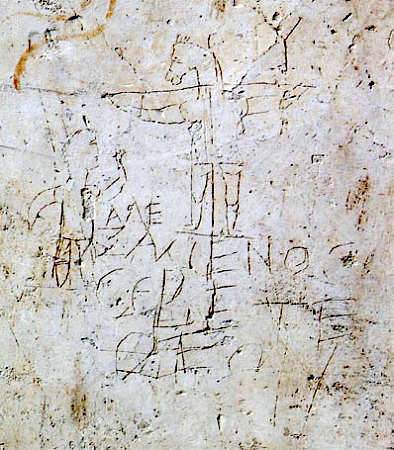Eden had a 10-month growth spurt last week. For the non-parents, it means for a few days she ate heaps and slept more, which is not too different to adults on some days (maybe we can use the same excuse for eating and sleeping – “sorry just having a growth spurt”…)!
Cheryl and I have both noticed that since then:
- her “awake” time has increased from 3 to 4 hours – which means with two good naps in a day, she’s not tired till 9pm
- she’s more sociable, and seems to want to communicate with us and others
- she’s babbling a bit more
- she’s much more interested in photos that we show her
- she’ll offer her hand out to respond to high fives
- she’s started to stand herself up for a few seconds at time (she stood for 15 seconds when the Richardsons came round yesterday!)
While it’s all moving so fast (as every parent seems to feel), we want to celebrate each undeserved moment. I want to share one in particular that God gifted me last night.
We’re at our church’s evening service.
Cheryl is in the pews and taking notes from the sermon. I’m in the foyer on a couch, attempting to keep Eden in one spot. She’s happily crawling around on the couch and in her right hand is a half-eaten snack.
The cracker is soft from her holding it for a long time.
I lean my head towards one of its corners.
“If you’re not going to eat it Eden…”
She hears the crunch, turns to me with a quizzical look…
then grins, and holds her hand out towards me, as if to say “here, have some more”.
She stares at me with a sweet smile and lets out a soft giggle for each playful bite I take.
And lest I finish off her food, before I can react she pulls her hand back and turns away to keep eating.
It seemed to me as if time slowed down, with a strong impression suggesting I’d just witnessed a special, almost (dare I say it) sacred moment.
“Your wife will be like a fruitful vine within your house; your children will be like olive shoots around your table.” – Psalm 128:3
———————





